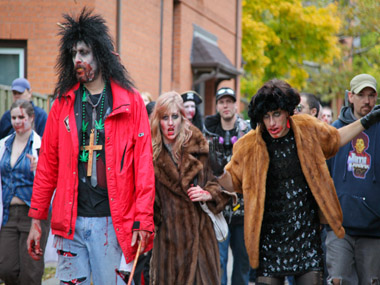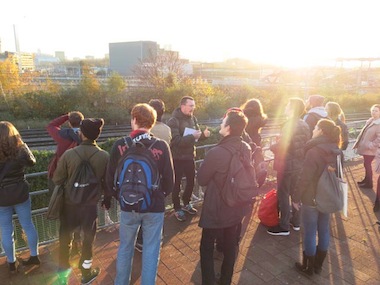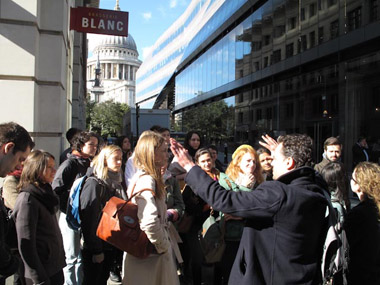London modules
London: Aspects of Change - Term 1 - not running 2020/21
This module uses contemporary London as a laboratory to introduce and explore a series of interconnected and interdisciplinary critical themes within urban studies. Reflecting on and developing ideas and perspectives from Ruth Glass's London: Aspects of Change (1964) and Patrick Keiller's film London (1994), it seeks to identify and investigate some of the main transformations London has undergone over the last fifty years. The focus ranges from socio-spatial dynamics of London's economy and housing markets, to new understandings of urban nature and notions of the multiethnic or multicultural city, to developments in London's architectural, literary and musical life. Throughout, the course emphasises the specific spaces, places and histories of London's metropolitan and suburban life, and the social, cultural and political landscapes that have shaped and fashioned the city.
Suggested reading:
Buck, N. et al. 2002. Working Capital:Life and Labour in Contemporary London, London: Routledge.
Campkin, B. 2013. Remaking London: Decline and Regeneration in Urban Culture. IB Tauris.
Gibson, S. and Kerr, J. (eds.) 2003. London from Punk to Blair. London: Reaktion.
Glass, R. 1964. London- Aspects of Change. Macgibbon & Kee.
Hall, P.G., 1963. London 2000, London: Faber & Faber.
Hamnett, C., 2003. Unequal City: London in the Global Arena, London: Routledge.
Hebbert, M. 1998: London: More by Fortune than Design. Chichester: John Wiley.
Massey, D.B., 2007. World City. Cambridge:Polity. .
Minton, A. 2017. Big Capital: Who is London For. Penguin.
Murphy, D. 2017. Nincompoopolis. Repeater.
Raban, J. 1974. Soft City. London:Hamilton.
Sandhu, S. 2007. Night Haunts. London:Artangel/Verso.
Sinclair, I., 1997. Lights Out for the Territory: 9 Excursions in the Secret History of London, London: GrantaBooks.
Wright, P., 1991. A Journey Through Ruins: The Last Days of London, London: Radius.

Toronto Zombie Walk (Photo: Susan Read)

Maiden Lane Estate, Kings Cross (thanks to Tom Bolton)

London: Aspects of Change field class, October 2012